What is a fireplace? This might seem rather conspicuous yet if anyone was to try and understand the nitty-gritty to do with fireplaces: It subtly gets mind-boggling. The conventional though arguable understanding of a fireplace is; a framed opening made in a chimney and is supposed to hold fire openly. It often contains embers of fire from burning wood or charcoal or any other preferred source of fuel. It is mainly designed using metal, brick, or stone. A fireplace can sometimes be referred to as a hearth which is common in most homes. The fireplace is commonly used for cooking, warming a dwelling, and heating.
Owing to aesthetics and different household preferences people opt for different fireplace designs. Below herein are many different fireplace design options. I digress;
Wood-burning stove
Wood stoves are designed from various materials like tiles, sheet metal, soapstone, and cast iron. It is mainly wood that burns in a stove semi-detachedly. A wood-burning stove is more pronounced in very cold climatic regions and countries. The reason for their preference in those countries is because of their reliable heat emissions which provide sufficient warmth for the entire household.
This sort of fireplace design can be installed in the kitchen or in the main living room. It uses wood for lighting the entire clock. Just like any other charcoal stove, it is prudent to not only have carbon monoxide in check but also chimneys to control the billowing smoke from the burning embers so that the entire idea of warming the house doesn’t turn into foggy smoke and smell that ruin the ambiance. Wood burning stoves most of the time are kindled using either paper or tiny wood chippings before the wood fuel source is used as the primary fuel.
An example of a wood-burning stove is the circulating woodstove. A wood-burning stove is made of cast iron. It has two chambers or walls. The outer wall promotes airflow over the inner wall, and the room is heated primarily by this heated air, while the outer wall stays relatively cool. It basically sets up an airflow circuit.
|
Pros |
Cons |
|
It produces copious amounts of heat hence ideal for warming. |
It is time-consuming during kindling. |
|
It is cheap to own one due to its availability in the markets. |
Precarious when moving as it is prone to accidents. |
|
It is easily movable around the house or vicinity. |
Emits Carbon monoxide at a higher rate. |
Outdoor fireplace designs
Outdoor fireplace design is an option for many homeowners who do not necessarily want to have the hearth inside the house but in an unenclosed vicinity. Sitting beside a roaring bonfire is one of the most memorable ways to spend a summer night, or to get cozy on a cool fall evening. An outdoor fireplace will get the job done in style. It helps cut down the cost of installing an indoor one, the reason being it is cheap and can be erected with as simple as three firestones in the open.
Outdoor fireplaces can take many forms, including traditional open hearths and fire pits. This setting is common in the many camping sites and hikes, out and about activities by tourists and hikers in the wild, purposely to rid of nocturnal animals of the wild roaming the night.
It is also a common sight in many outdoor parties that spill into the night. This outdoor fireplace can also be traced to occasions where people who are mourning the loss of a loved one are keeping vigil during the mourning of the loss of a loved one. It is also common in large ceremonies where there are insufficient cooking spaces hence many erected ones in the open are common to cater for the deficiency.
An example of the outdoor fireplace design is the wood-burning. Just as the name suggests, it uses wood as the main source of fuel. This is to say that there are other types of fuels that can be used for outdoor fireplace designs such as propane among others. They come in different shapes, sizes, and styles dependent on the interest and purpose of the user. Another good example could be the fire bowl which contrary to the wood-burning is portable and can easily be moved to different spots within a vicinity. It is also very aesthetic as it comes in different shapes and colored bowls.
|
Pros |
Cons |
|
Can be used in social settings for warming and lighting. |
Time-consuming to kindle and set out. |
|
Wards off dangerous nocturnal animals. |
Can easily cause destruction to the environment. |
|
It is a powerful lighting fireplace design. |
Has a high fuel consumption. |
Freestanding
A free-standing fireplace design is more common in developed nations. The countries that experience the summer, winter, autumn, and spring seasons. It is the most flexible and portable fireplace design. It is used during the winter and can be folded up during summer to save space in the living room or the room in which it was being used for heating and lighting. The free-standing fireplace design can also be moved easily from room to room in a particular household.
An example of a free-standing fireplace design is the free-standing wood stove. It can be placed anywhere in the house so as to facilitate the free flow of heat as long as the air circulation is adhered to. It gives a rustic feel to the living room.
|
Pros |
Cons |
|
Seasonally and intermittently used hence a convenient fireplace design. |
Can accidentally be knocked off. |
|
Easily portable and movable from one room to another. |
Expensive to purchase and install |
Built-in insert
Built-in inserts are popular fireplaces among those people who would want to enjoy the ambiance of fireplaces while keeping up with the modern methods of fuel sources. This is mainly an incentive that is being pushed for by many governments and municipalities to cushion locals from the cost of traditional methods of fuel sources while embracing the modern ways which seem less costly and more energy-saving while preserving the environment. The governments do so by offering tax incentives to locals to help champion for use of gas as a fuel source in the fireplaces.
An example of the built-in insert fireplace design is the electric built-in insert. It uses electricity as its main source of heat and warmth. It comes in different sizes and shapes which are determined by the opening on the existing fireplace. The bigger the opening the bigger the size.
|
Pros |
Cons |
|
Uses modern methods of fuel i.e. gas |
Explosive if not properly and carefully used. |
|
Does not have smoke or soot. |
Gas used as the source of fuel is expensive. |
|
It is environmentally friendly. |
Not reliable for lighting purposes. |
Wall-mounted
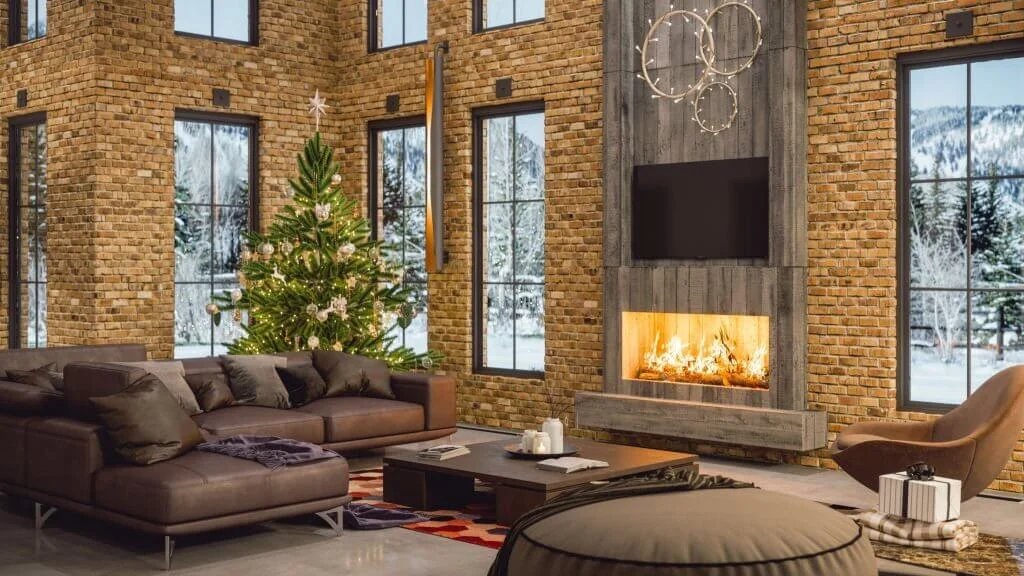
Just like the name suggests, wall mounted fireplace design is a fireplace that has been mounted on the wall. This minimalist, contemporary fireplace is hung on or built partially into a wall. Owing to the fact that it is hung on the wall, the main source of fuel for this type of fireplace design is majorly electricity. It brings about unparalleled beauty to a household making it look very aesthetic. It does not produce smoke, making it very appealing to be strategically positioned on the wall.
A wall-mounted gas fireplace is a good example of a wall-mounted fireplace design. It mainly employs gas as the primary energy source just as the name suggests. This makes its combustion environmentally friendly and free of health hazards. Electric fireplaces are also commonly mounted on the wall, and their use continues to grow due to their energy efficiency.
|
Pros |
Cons |
|
Aesthetic and sets out the desired ambiance |
It is expensive to install. |
|
It is environmentally friendly as it uses electricity as a source of fuel. |
Sophisticated and complex to construct and install. |
Open hearth
This fireplace design is constructed on a wall. It can be constructed using brick, stone, or clay. It also uses a chimney for ventilation and aeration. It is so expensive owing to its complexity and class attached to it. Some options for this design can have a fireplace mantel for beauty and aesthetics. It also has a chimney to rid of the smoke and soot from the burning embers below. This is always to avoid it gushing into the entire room. The chimney acts as a control mechanism. The clay acts as a heat preservative hence also lowering the consumption of fuel, all the reasons it is a more common fireplace design in many of our households. It is arguably one of the most featured and common fireplace designs from most middle-class and rich households to the common ones we’ve seen in movies on the television screens. It can be lit using wood fuel, charcoal, or even coals from dung.
An example would be the bioethanol fireplace design. It produces fire without smoke and ash, unlike the other open-hearth fireplace designs. It uses biodegraded ethanol as a fuel source hence its emissions from combustion are clean and most efficient.
|
Pros |
Cons |
|
Uses a variety of fuel sources hence giving room for choice. |
It produces lots of soot and smoke. |
|
It provides both warmth and light. |
Accumulated ash can be tedious to clear every now and then. |
|
It is a fuel preservative. |
Can easily cause fire breakouts. |
The choice of a fireplace design would entirely be dependent upon an individual’s housing, the cost he is ready to part with, the occasion-as some of the fireplace designs are occasional and event-triggered and the type of fuel he wants to use at the fireplace.
Health options for your loved ones might also come into play when selecting the type of fireplace design. Some family members might be allergic to smoke and too much heat and any other hazard that fires or fuels might pose.
One might also look at the architecture at hand when employing a fireplace design accompanied by the personal taste and the style he or she is championing or would like.
Let us know of your encounters with fireplace designs if you have designed one, planning to design, or are in the process and the challenges you are going through. What is your experience? For those who have them in their households, what is your wish list on what you should have changed, given a second wind?
FAQs
1. Is a wooden stove safe for use in a sleeping environment?
A wooden stove during combustion of the wood or coal emits carbon monoxide. Carbon monoxide is harmful to health as it limits oxygen flow in the body by inducing carboxy-hemoglobin which is harmful and can cause death due to suffocation.
2. What are the prerequisites for an outdoor fireplace?
Basically, you will only need a source of fuel which is mainly dry firewood. Well chopped adequately sized wood pieces can also be good company for this design option. Most of the firewood can also be collected outside during the camping or vigil. For the fire bowl, one would only need charcoal or coal as fuel.
3. How safe is a free-standing fireplace design?
The safety of a free-standing fireplace design relies solely on the carefulness and caution of the particular household owners. Any carelessness might cause it to topple over and hence might start a fire.
4. How is electricity supplied to the wall-mounted fireplace design?
Electricity is supplied by the use of pipes with wires which are chiseled in the wall during construction and plastered with concrete. The initial design and thought-out of the fireplace are always very crucial before its implementation so that nothing is left out during the real construction.
5. How is smoke controlled in an open-hearth fireplace design?
The open-hearth fireplace design usually has a chimney strategically positioned to amass the smoke and channel it outside the house. This in its entirety prevents smoke from spreading within a household.
6. How are built-in fireplace designs environmentally friendly?
Built-in fireplace designs are environmentally friendly in that they use gas as their primary fuel source. Gas is arguably more environmentally friendly as compared to charcoal and timber emissions from the two most used fuels at the fireplaces.

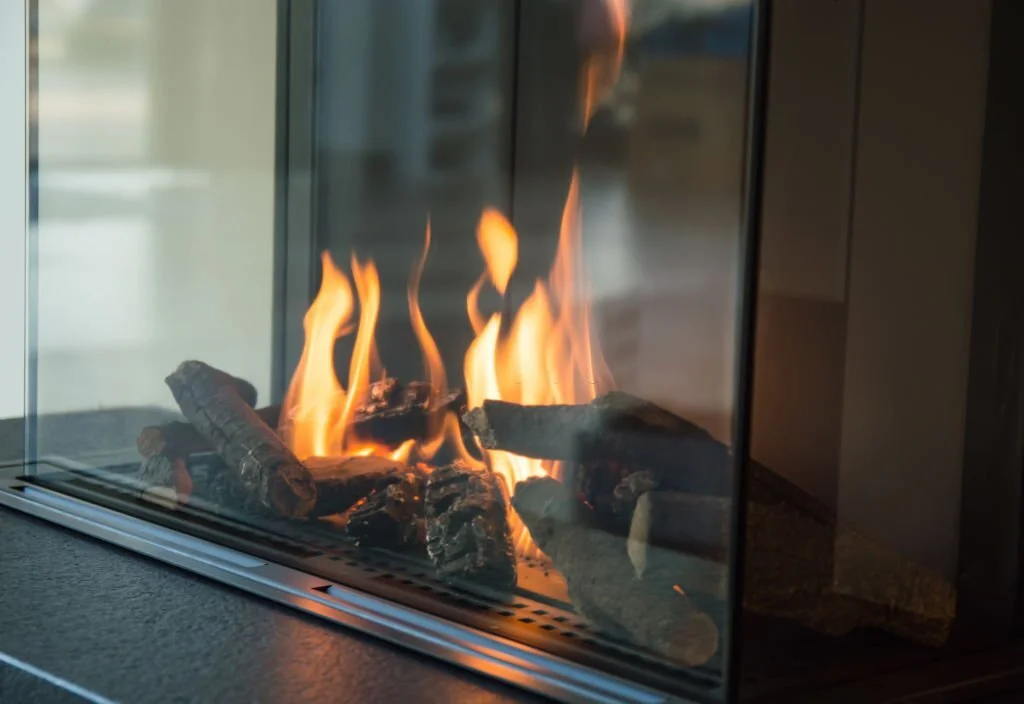

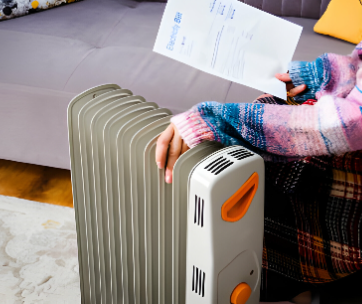
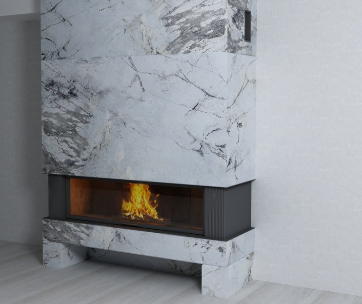
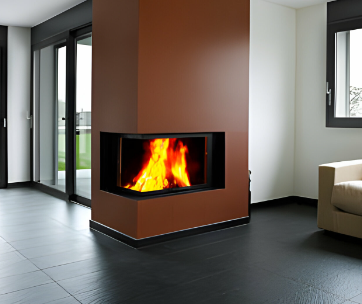
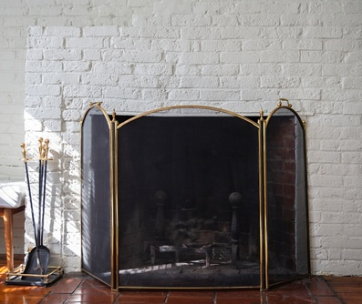
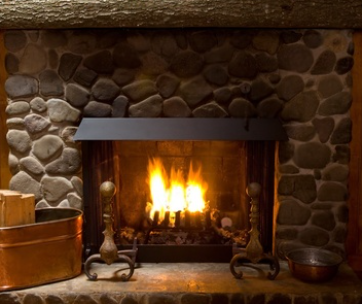
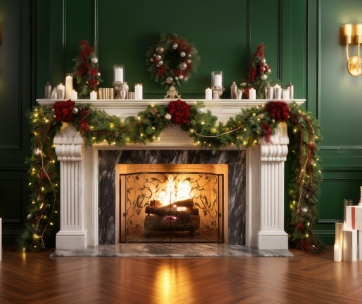
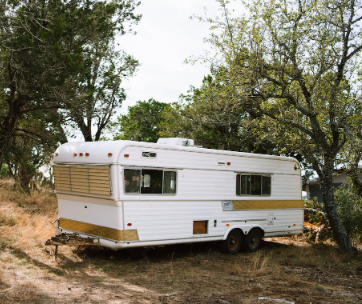
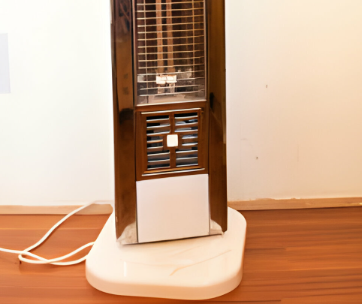
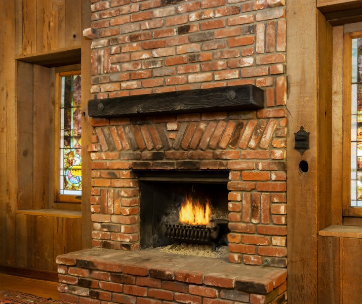
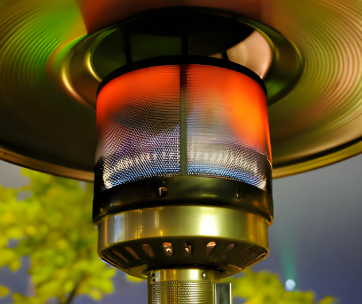
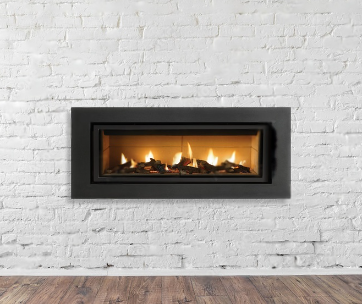

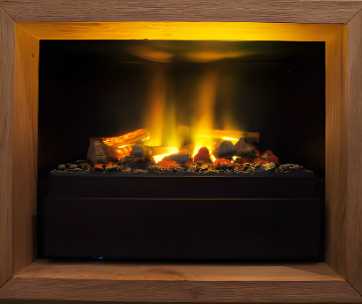
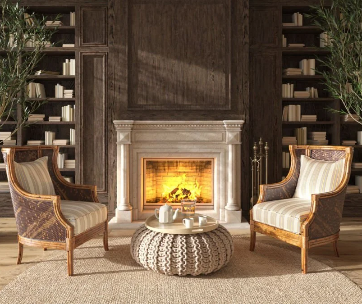
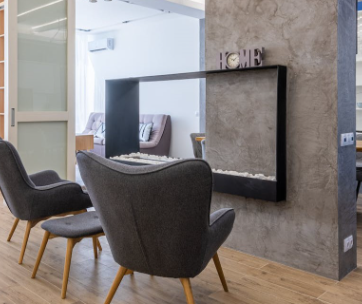
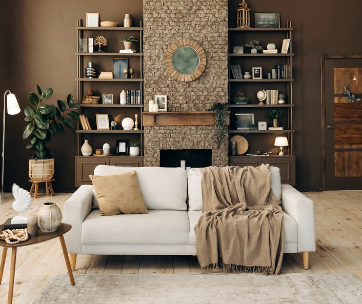
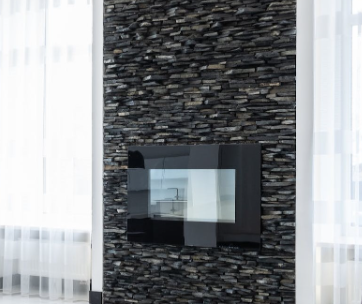
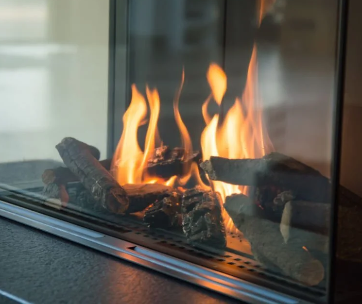
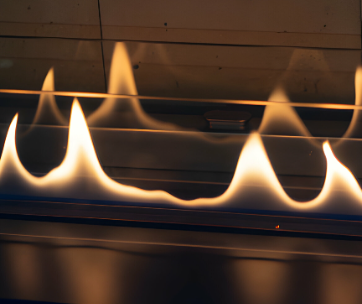
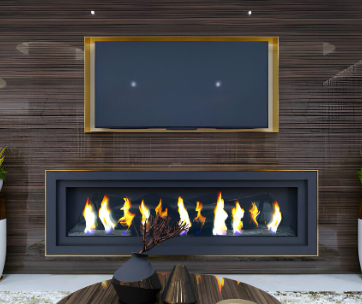
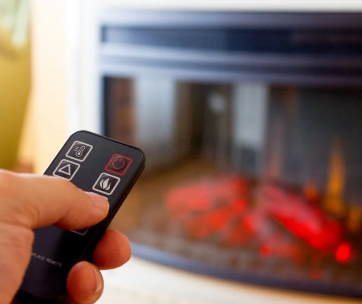
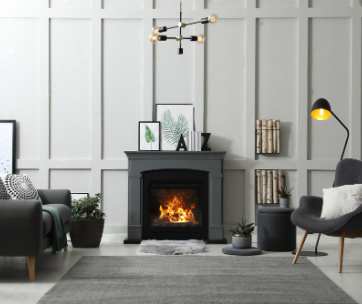
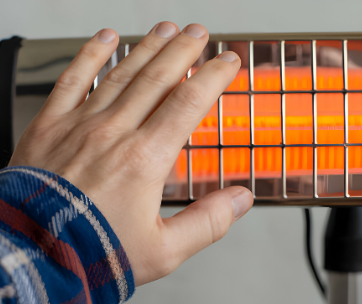
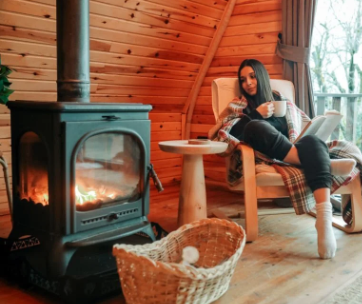
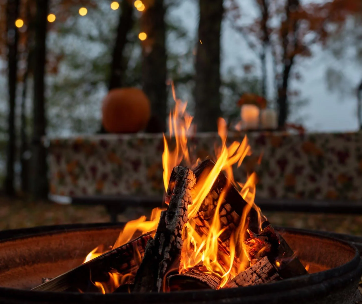
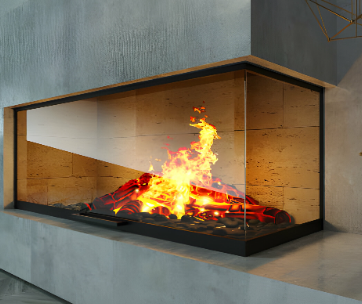
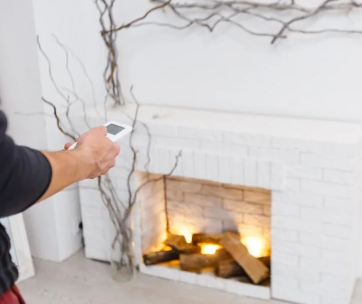
Comments